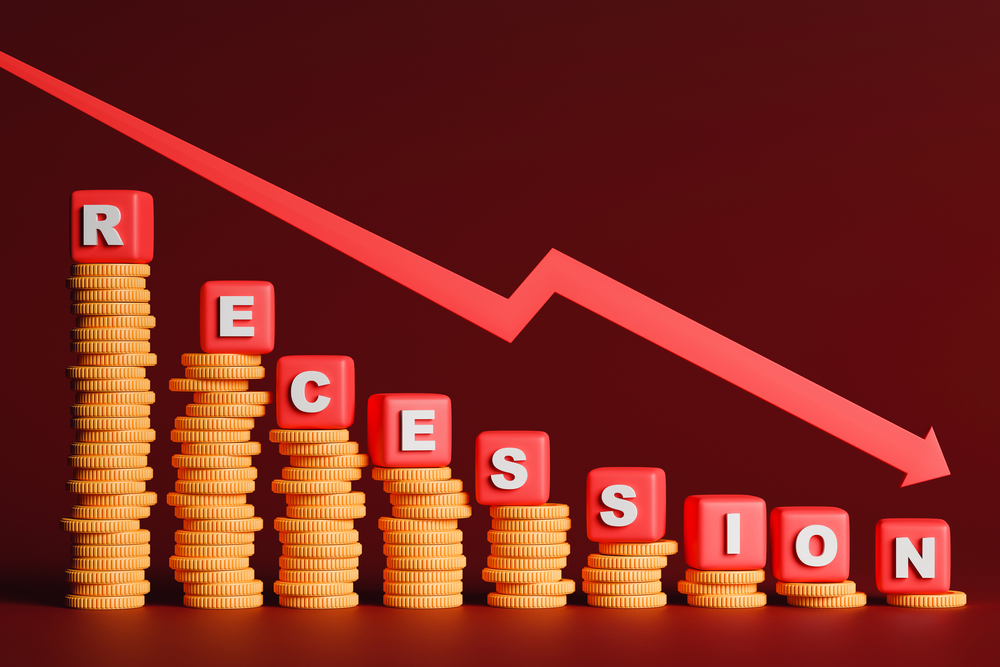Wise Up
7 Investment Risks that All Investors Must Know About

Investing is inherently a risky business.
Read that again.
There is no such thing as a risk-free investment! At best, investments can be low-risk, but they will still carry some risk, no matter what anyone tells you. Whether you are investing in fixed deposits (which have a relatively low-risk profile), or are trading in the stock market (which can be relatively high-risk!) – investment risk is real, and you need to know about it.
But – we have the secret antidote to risk. Knowledge. The more you know, the better your decision-making capabilities will be. So, today, we thought we’d empower you with the knowledge and insights you need about risk, that can help you navigate the world of investing a little bit better!
What is investment risk?
We’ve all heard the phrase – “investments are subject to market risk.” But what does this mean?
To answer this question, we need to first determine what investment risk itself means.
Investment risk refers to the potential for financial loss or diminished returns when allocating money to any instrument of investment. Unpredictable market fluctuations, changing economic conditions, evolving government policies, and the performance of specific companies – all play a role in influencing the risk profile of various investment assets.
Types of Risk in Investment
Today we thought we’d talk about various kinds of risk that any investor should most definitely be aware of while investing across assets and commodities in India –
- Market Risk – This type of investment risk is also known as systematic risk or non-diversifiable risk. It is the investment risk associated with the overall conditions of the market (just like the name suggests!). Market risk is something that impacts the investment market in its entirety, and influences all kinds of investments (yes – literally every kind of investment!). As an investor, you have to account for this kind of investment risk and adapt to changing market conditions in real-time in order to mitigate this risk. Market risk is unavoidable, and an important way to mitigate this risk is by staying invested for longer (read that again!) and riding out the lows of the market.
- Unsystematic Risk – Unsystematic risk, also known as diversifiable risk is a type of investment risk that might originate in only a part of the overall market, or even from just one single company. Why is this called diversifiable risk? Let’s assume that the manufacturing sector has been experiencing a downturn, but the technology sector is booming. Then, your risk can be mitigated by diversifying your investments into technology, instead of limiting it to manufacturing only. So, this investment risk is categorized as diversifiable, because your ability to diversify can offer you some much needed comfort when such a risk arises.
- Interest Rate Risk – Look, it obviously goes without saying that a higher interest rate results in better returns, as opposed to a lower interest rate. But, often, a higher interest rate also translates into – spoiler alert! – a higher risk! – because if the interest rate falls, you are likely to lose more money. This is why the understanding of investment risk and return is important right from the get-go. Interest rate risk is particularly important to know about when investing in bonds because a higher interest rate directly causes the costs of bonds to plummet.
- Credit Risk – Credit risk is also known as default risk; it is a type of investment risk that is incumbent on the possibility that the issuer of an investment instrument may default on payments, resulting in a loss for the investor. For example, let’s say you have invested in bonds, but the company in which you have invested is unable to pay you the expected interest – then you would have experienced the unhappy side of a credit risk! Government bonds have a lower credit risk, but they are also on the lower end of the reward spectrum, whereas corporate bonds might offer better returns, but will inherently carry a higher credit risk since a company might default more easily than the government.
- Inflation Risk – This one is really making headlines these days! Inflation is something that eats into your purchasing power, as the value of goods and commodities grows. This means that inflation is a type of investment risk that can cause the prices of investments to rise, which means your ability to invest more might be compromised. It is important that you stay invested long enough to outpace inflation risk. This means that you can mitigate some of this investment risk by riding out the lows and staying invested till inflation drops and you get your purchasing power back.
- Liquidity Risk – This type of investment risk is associated with your ability to sell your investments. This risk is minimized when you are staying invested for the lock-in period, but it can still arise in certain situations wherein you have to liquidate your investments before the lock-in period is over. Simply put, liquidity risk is the risk of not being able to convert your investment into cash when you need it. This could stem from a lack of buyers (when trading bonds), or a lower selling price, both of which can adversely affect your returns.
- Reinvestment Risk – A situation can arise, where you invest for one year at 10%, and at the end of the year, you want to reinvest your money. But, the next year, the price of this particular investment has fallen to 8% – so you are now getting a lower investment rate for the same investment. This type of investment risk is unavoidable, even with extensive market research. But, you can always wait till you are getting an equal or higher interest rate for the same investment and wait to invest when the interest rate is favorable.
Keep in mind that all these types of investment risks can permeate any and every kind of investment – mutual funds, bonds, fixed deposits, the stock market – everything is susceptible to investment risks.
But – the power to combat these risks lies entirely with you – the investor! Don’t look at this list of investment risks as a problem – rather a solution. Understanding risk is the only way of tackling it, and becoming a smarter investor!

FAQs
- What is investment risk?
Investment risk refers to the potential for financial loss or diminished returns when allocating money to any instrument of investment. Unpredictable market fluctuations, changing economic conditions, evolving government policies, and the performance of specific companies – all play a role in influencing the risk profile of various investment assets.
- What is credit risk?
Credit risk is also known as default risk; it is a type of investment risk that is incumbent on the possibility that the issuer of an investment instrument may default on payments, resulting in a loss for the investor.
- What is inflation risk?
Inflation risk is a type of investment risk that can cause the prices of investments to rise, which means your ability to invest more might be compromised.
- What is liquidity risk?
Liquidity risk is the risk of not being able to convert your investment into cash when you need it.
- Can I lose money from reinvestment?
Yes. It is possible that you might get a lower interest rate for the same investment year after year. It is advisable to wait for the interest rate to reach a desired level, or to diversify your portfolio and reinvest your money in other asset classes.
- More From The Investment

